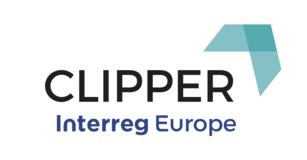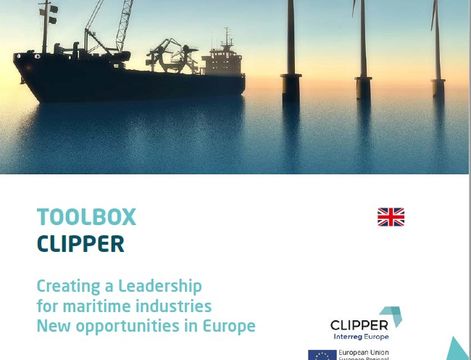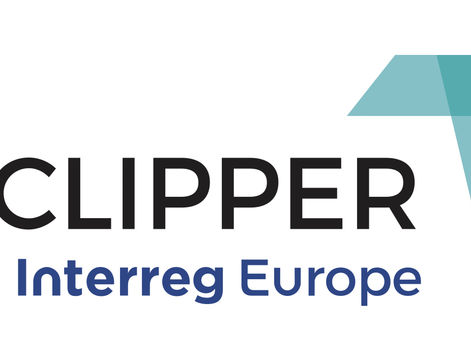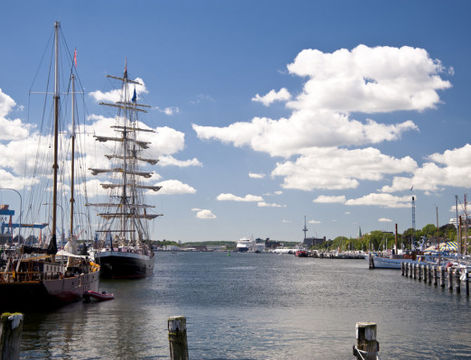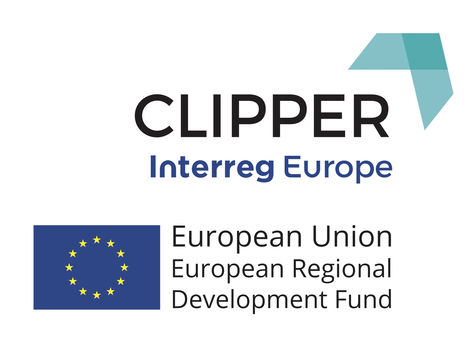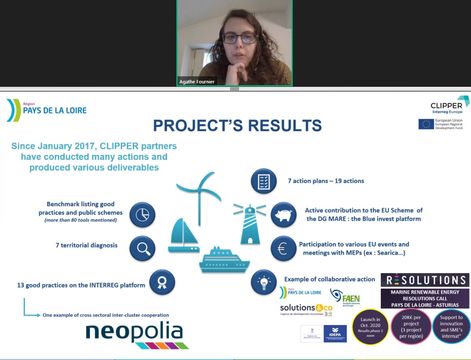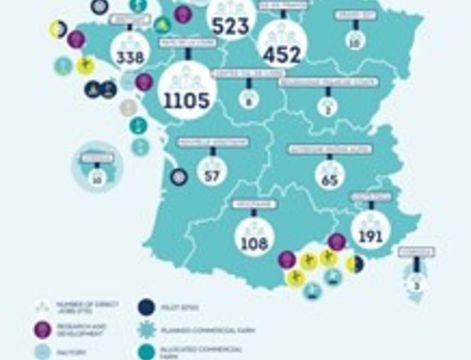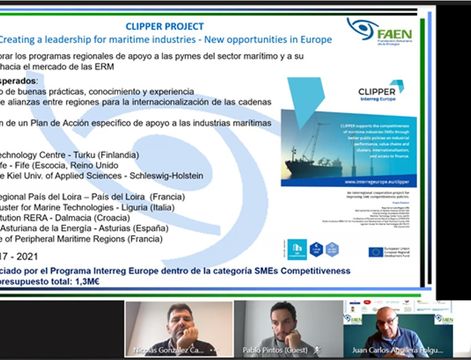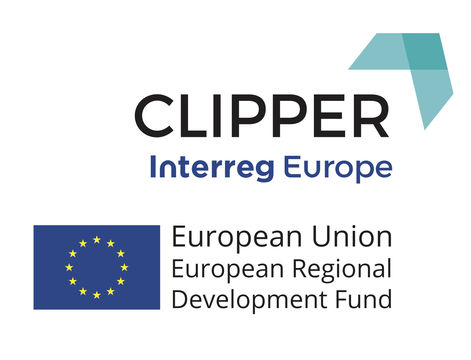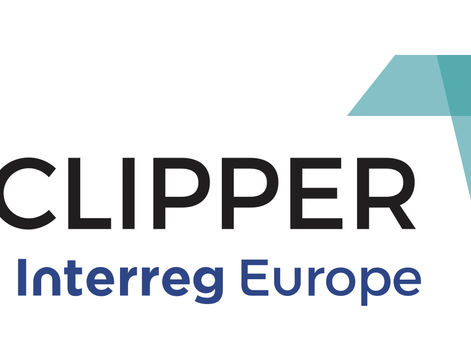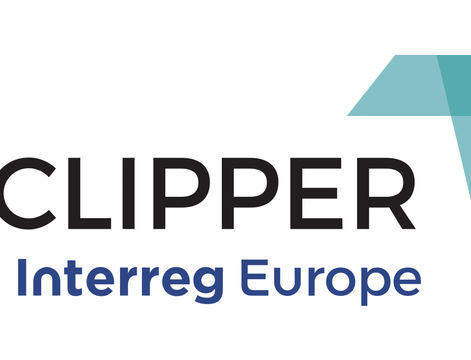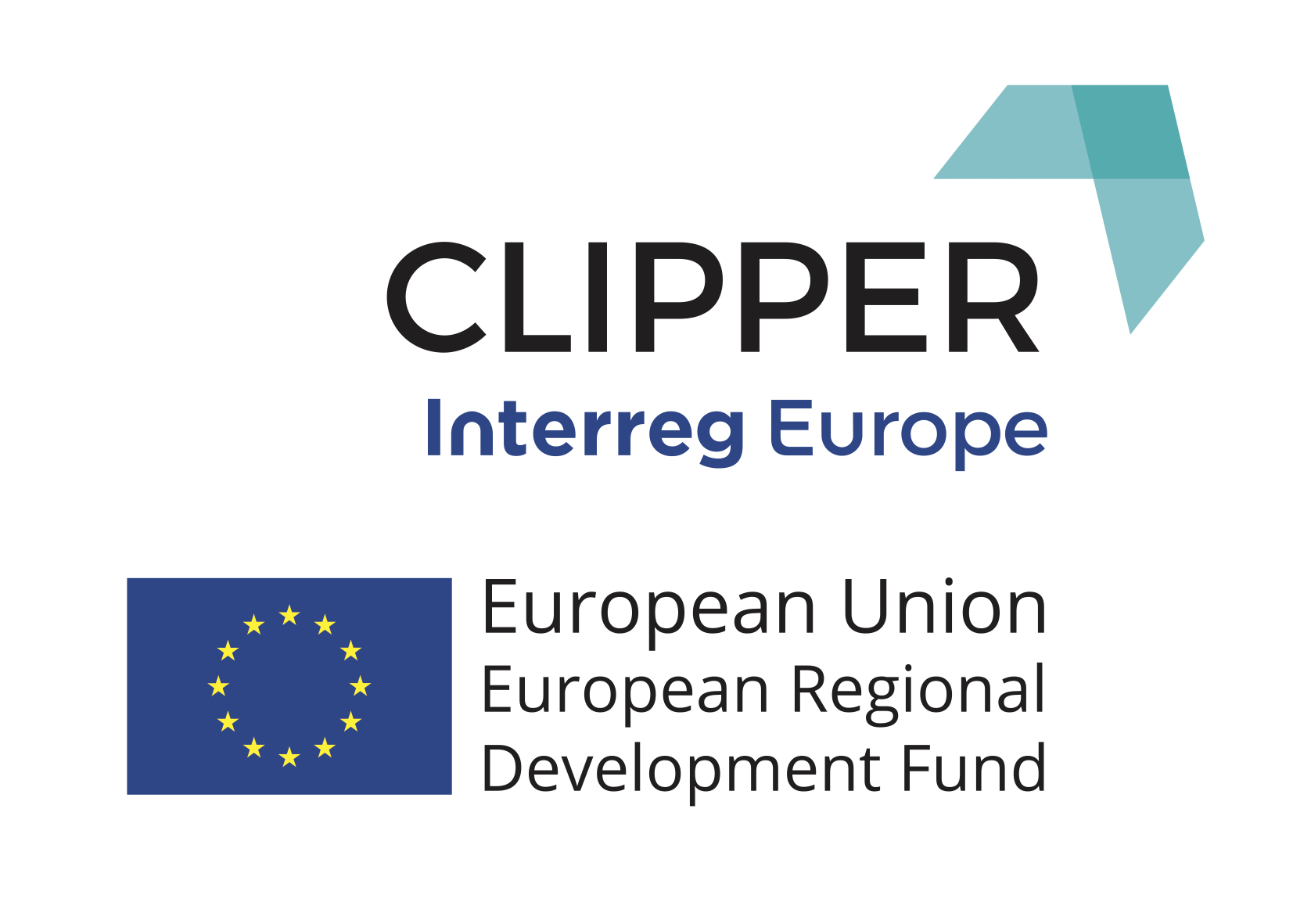During the recent annual CLIPPER meeting, which, due to the global pandemic and sanitary measures in place was exceptionally held online, Mr Lucas Bosser, representing the CPMR, gave a presentation on the importance of EU industrial strategy for the CLIPPER partners.
The presentation had 2 key focuses:
• A place for Maritime Industry in the EU Industrial Policy
• EU Investment for the Maritime Economy
Background information was provided to participants, including a look back over the recent history of EU industrial policy and also EC propositions about the future of the policy. In 2017, the European Commission Communication on Industrial Renewal, “Investing in a smart, innovative and sustainable Industry: A renewed EU Industrial Policy Strategy” gave very limited room for maritime Industries.
The current situation was then analysed, stressing that maritime industry is central to Europe’s future progress and prosperity. 3 key priorities were highlighted:
• A globally competitive and world-leading industry;
• An industry that paves the way to climate-neutrality;
• An industry shaping Europe’s digital future.
On 10 March 2020, the European Commission presented a new strategy “A new Industrial Strategy for a globally competitive, green and digital Europe”, and a brief summary of this was provided to participants:
• The role of maritime industry: "as ship-building industries as key sectors for driving digital and climate transitions";
• A Comprehensive Strategy for S&S Mobility to ensure that “EU mobility industries maintain their global technological leadership as well as a Strategy on Offshore Renewable Energies (including the supply chain underpinning them”);
• There is a series of "not closed" doors and several related initiatives that can be related to Maritime Industries, for example, the European Commission commits to “undertake a thorough screening and analysis of industrial needs and identify ecosystems needing a tailor-made approach”
• The new strategy offers a strong basis to advocate for a specific one for maritime industries;
• Lots of initiatives announced in the Strategy will be an opportunity to underline their links with maritime (e.g. Pact for Skills, Communication on the Future of Research and Innovation for instance);
• There will be major unknowns in the post COVID-19 recovery process.
The second part of the CPMR presentation concentrated on EU Investments, in particular financial support and engineering. 2 aspects of this were addressed with a focus on Blue Invest: “Business as Usual” (emphasising the need to analyse what is working, and to show which are the relevant EU tools to support Regions’ strategies including Blue Invest and other investment tools) and “Post-COVID-19 crisis” (looking at the impact of the crisis on the maritime industry sector and the possibility of adapted support in the recovery plan).
Finally, Blue Invest Fund eligibility was addressed, stressing that it includes all economic activities that take place in the marine environment, or that use sea resources as an input, plus those outside that environment which are still involved and contribute. It was also noted that except for co-investments, the applicant has to be established (or is to be established) in the EU. Regarding investment criteria, it was noted that the maximum size of a single EIF investment is limited to 50mEUR, representing at least 7.5% and up to 50% of the aggregate commitments, there is a whole series of other criteria for Financial Intermediaries (see here), and applications will be considered if received before 30th September 2020.
